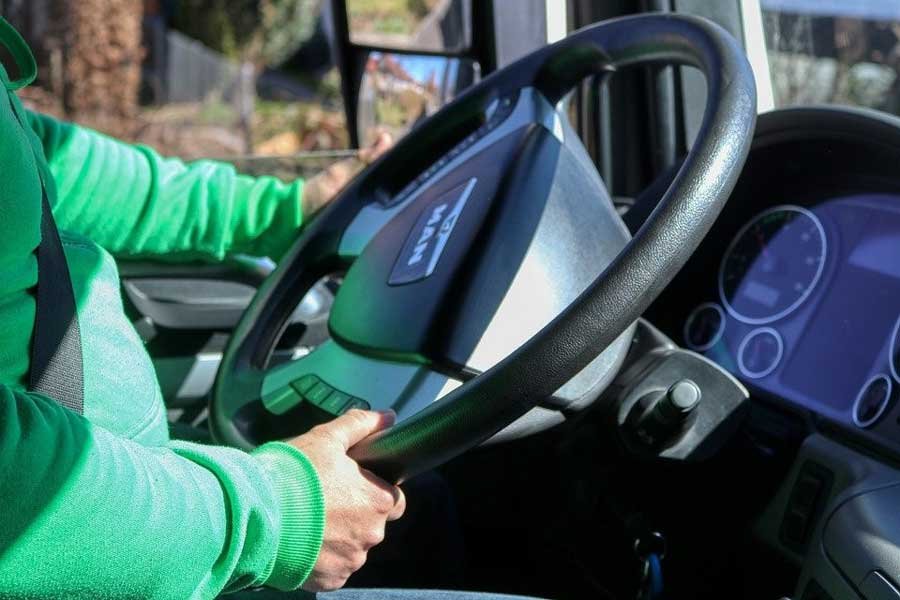Once a new driver has made it successfully through the application process and has been hired to drive for your company, onboarding begins. This is a process whereby you introduce all new hires to your company culture, benefits and opportunities for advancement. You will want to introduce them to team leaders, department managers and give them time to be acclimated to your way of doing business.
When it comes to fleet drivers, the onboarding process involves all that and then various other elements of the job because most of the time they will be on the road and not in the direct vicinity of their immediate supervisor. These management tips for onboarding new fleet drivers should prove to be helpful.
Provide Driver Training Pertinent to Their Driver’s License Class
Every state has its own driving laws but a California CDL, for example, although issued in California if you reside there, is valid in all 50 states. That being said, each company is responsible for the safe operation of fleet vehicles. Just holding a CDL in good standing doesn’t mean that each and every new hire will follow the safety regulations you have in place above and beyond state requirements. For this reason, many fleet managers onboard all new hires with one or more safety courses they can contract from online fleet driver training companies.
The onboarding process of fleet drivers should always include a segment on driving safety alongside all the other company onboarding elements new hires are required to take. This is especially important for drivers not required to hold a CDL for the type of fleet vehicle they will be operating.
Develop a Standard Probationary Period
If you were in the restaurant business and were hiring new servers, they would almost always be required to go through a probationary period where they follow a senior server to learn company policy for interacting with customers. It also gives them time to learn the computer POS so that orders are sent correctly to the kitchen or bar. This is how a probationary period for new fleet drivers should be handled. Instead of sending them out on the road with their own route, let them ‘follow’ an experienced driver for the first week or two.
Let them sit in the passenger seat for the first few runs then let them drive while being observed by the driver they are training under. Not only does this make the new hire more comfortable with routes and company policy but it gives a senior driver a chance to gauge the new driver’s ability.
Assign and Train in Communication Devices They Will Be Using
Even though there are still drivers out there who operate CB radios, most drivers in the 21st century now carry mobile phones and tablets. These are used to communicate with the head office, other drivers, and find routes via GPS mapping. Tablets can be used to mark orders delivered, obtain electronic signatures from the receiving person and communicate via chat or email if necessary.
It is always important to give new drivers sufficient training and introduction to company safety standards and company policies. The safety of the driver, other drivers on the road and pedestrians are being left in that new hire’s hands, so the best tip you can be given is to provide ample time and training before sending them out on their own.

